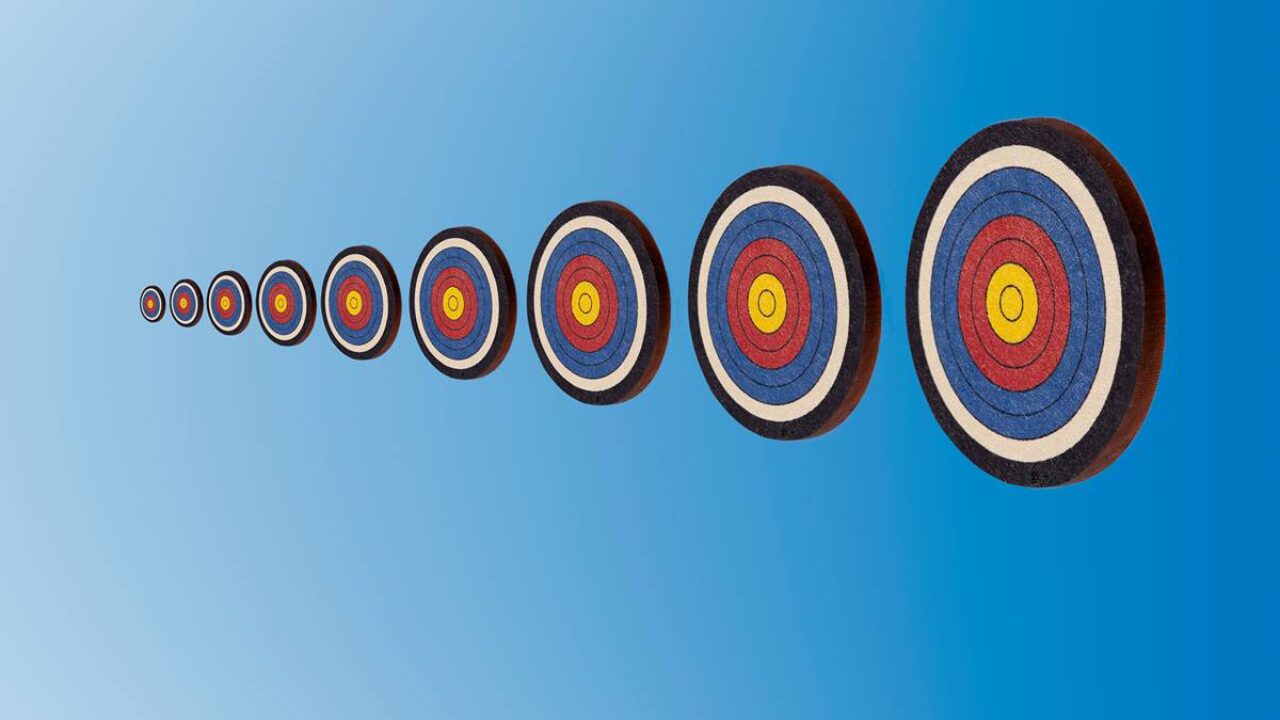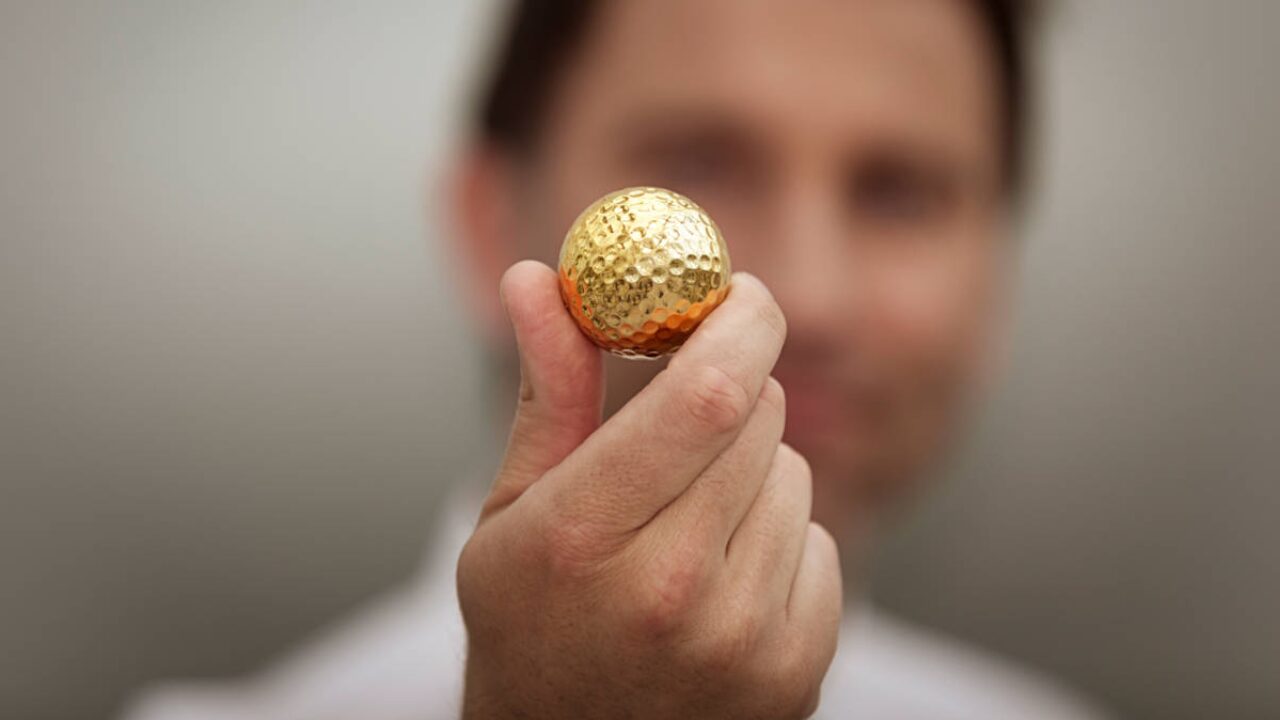Gold-silver ratio signals it may be time for trailing cousin to catch up
If you missed the gold rally, its ‘bridesmaid’ is worth a look as a trusted ratio and persistent deficit indicates a rally.

Stockhead
Don't miss out on the headlines from Stockhead. Followed categories will be added to My News.
The gold-silver ratio is at a rare historic high of 100, pointing to a rally in the silver market
Special Report: Record prices might be fixing attention on gold miners, but eagle-eyed analysts and investors are looking to a breakout from its ‘poor cousin’ as the gold:silver ratio hits a rare high.
- Aside from the ratio’s signals, silver is facing surging demand from safe haven investment and renewable energy
- Supply is inelastic as there are limited silver dominant mines globally, with Australia’s Bowdens project one of the world’s most leveraged to the silver price
With the gold price at $US$3200/oz and silver at US$32.80/oz, the ratio is now at ~100 points after easing slightly from a three-year high of 105.77 in April as gold tested US$3500.
The ratio briefly hit 125 during the COVID-19 market chaos before some global silver refineries started operating 24/7 to keep up with demand.
Its historical average is around 60, using a metric that goes back centuries. But it’s still referenced by modern analysts and sophisticated investors including Lowell Resources Fund (ASX:LRT)chief investment officer John Forwood, who believes it is possible silver could reach US$50/oz over the next couple of years.
“The gold-silver ratio is currently at historic highs of over 100:1,” Forwood told Stockhead as gold reached new heights last month.
“Should it revert to the long term mean of say 60:1, and the gold price maintain current levels, then silver would move to a new high level.
“Alternatively, if it maintains this ratio and gold continues to climb, then silver would also rise.”
Roscoe Widdup of Melbourne investment firm Triple Eight Capital told Stockhead prices could hit US$50/oz this year.
“We saw prices hit $48/ounce in 2011 and there is no reason why this level isn’t possible – if you assume 3 per cent per annum inflation, that’s >US$70/ounce in today’s terms,” he said.
Silver’s supply squeeze
While supply is relatively stable, demand growth is expected to surge due to silver’s use in the ongoing clean energy transition, particularly photovoltaic solar panels.
These account for about 20% of total industrial demand for silver, with the PV sector growing at 20-25% each year.
Meanwhile, silver is forecast to be in a supply deficit of 117Moz in 2025, the fifth consecutive year of shortfall, even with global production at an 11-year high of 1.05Boz.
The rarity of ‘pure plays’
New silver dominant mines and listed companies offering robust exposure to the metal are also very limited, especially on the ASX.
The largest undeveloped silver project in Australia is Silver Mines’s (ASX:SVL) Bowdens, which has a JORC reserve of 71.7Moz plus significant potential to grow its reserves further.
And with 86% of its estimated revenue coming from silver it’s also one of the world’s most leveraged projects to the silver commodity price.
Silver Mines (ASX:SVL) is advancing permitting for the $331 million project, which is expected to produce an average of 4.2Moz of silver per annum at 83 grams per tonne.
The project’s Optimisation Study, released last December, demonstrated its strong economics, including all-in sustaining costs of less than $23/oz in the first 10 years of a 16.5-year mine life.
After going through a long approvals process the project now has a clearer path to development consent following recent amendments to NSW planning laws, and Silver Mines has lodged a formal application under the changes.
Looking to take-off
In other efforts to advance Bowdens, Silver Mines is currently spinning drills for a 2000 metre geometallurgical (geo-met) program that will collect samples covering the first 10 years of production.
The samples from Bowdens’ Main Zone will be used to produce concentrate samples for potential offtake partners, transportation certification and tailings processing optimisation.
Core from the program will also be analysed in a comprehensive test work program to feed into final design and mine planning decisions.
Resource growth in sight
The program has been planned to test below the limits of the reserve pit mine design as the company believes there’s scope to extend Bowdens’ already large ore reserve estimate.
It’s interpreted there’s a section below the optimised pit design containing high-grade mineralisation, with previous intercepts including three metres at 286g/t silver, 0.44% zinc and 0.25% lead; and 3.2 metres at 143g/t silver, 0.99g/t gold, 10.39% zinc and 3.50% lead.
“We’re now advancing final mine designs and product specifications,” Silver Mines managing director Jo Battershill said.
“But as well as completing the geo-met program, we’re also looking forward to testing the strong potential to extend the ore reserve estimate below the limits of the reserve pit mine design.
“It is always exciting to return to drilling at the Bowdens system and we are keen to take advantage of the current geo-met program to further test areas of the mineral resource that we believe could be converted to ore reserves with minimal additional drilling,” he said.
“The target area could potentially extend the open pit design by an additional depth of 50 metres over a strike length of around 500 metres, which could extend the mine life well beyond the current 16-and-a-half years.”
This article was developed in collaboration with Silver Mines, a Stockhead advertiser at the time of publishing.
This article does not constitute financial product advice. You should consider obtaining independent advice before making any financial decisions
Originally published as Gold-silver ratio signals it may be time for trailing cousin to catch up






